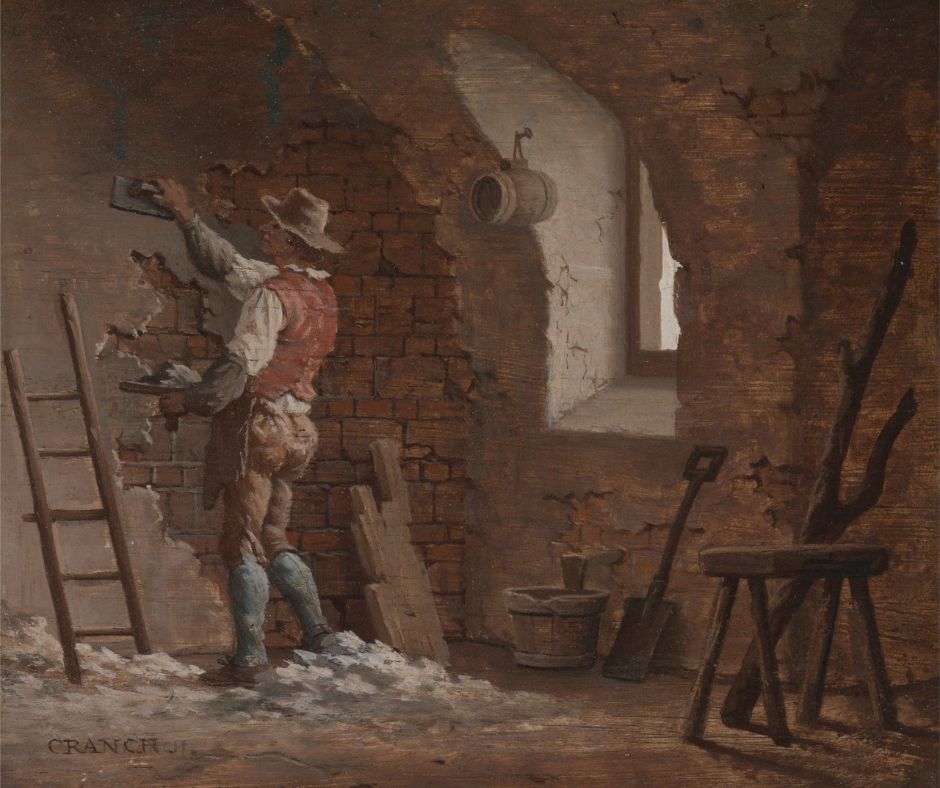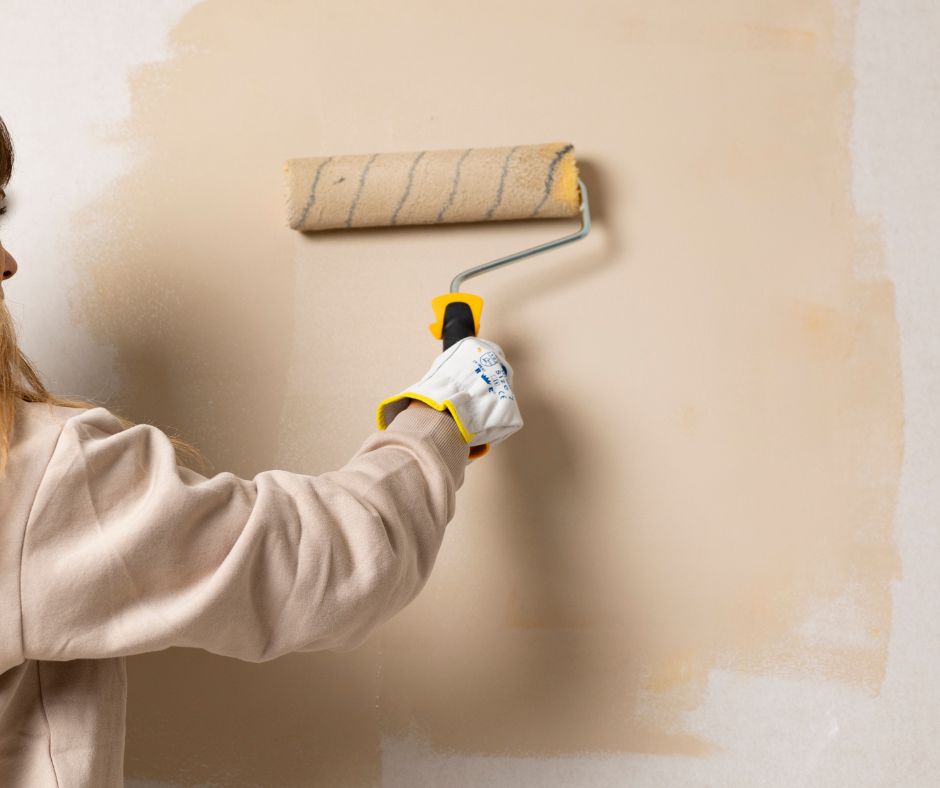Sometimes, inspiration strikes in the most unexpected places. I have been a plasterer for over 30 years now and until recently never really gave much thought into plastering history or its evolution. That is until I came across a post on Twitter that grabbed my attention and made me smile. It read …
“In the Middle Ages Plasterers used to put ale into plaster to make it more pliable – they also helped themselves to the ale, hence the expression ‘plastered’.” @MdeBohun
Apart from thinking I had been born in the wrong era I I decided to have a look into plastering history to see what it might have been like if I had been a plasterer during another time. This is what I found out.
Table of Contents
- The Prehistoric Plasterers
- The Egyptian Plasterers
- The Greek Plasterers
- The English Plasterers
- The Roman Plasterers
- The Medieval Plasterers
- 13th Century Plastering
- 14th Century Plastering
- 15th and 16th Century Plastering
- 17th Century Plastering
- 18th Century Plastering
- 19th Century Plastering
- 20th Century plastering
- Embracing the Essence of Plastering History in the 21st Century
- Plastering History: Frequently Asked Questions – FAQ
- Plastering: A Timeless Craft
The Prehistoric Plasterers
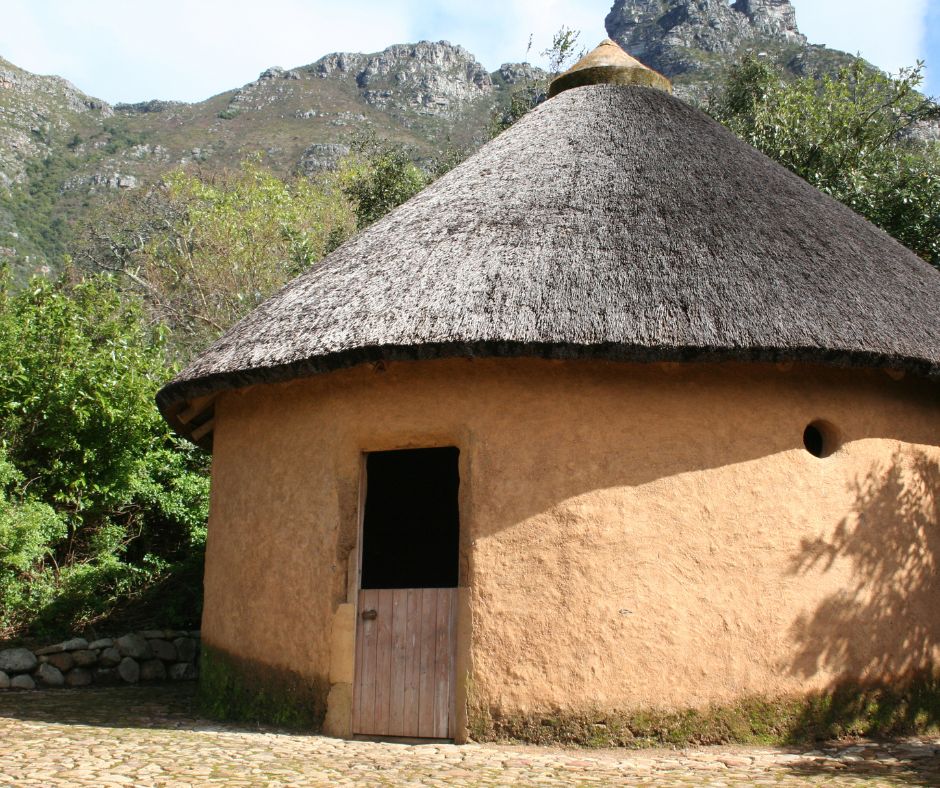
It looks as though plastering goes back further than I thought as there is some evidence that people in Jordan were carrying out a primitive form of plastering as long ago as 7,500 BC. They would cover their shelters made of twigs or reed with mud to strengthen, protect and decorate it.
The materials have of course changed but the reason why people plaster and render their homes has remained the same for all these years.
The Egyptian Plasterers

I wasn’t surprised to learn that it was the Egyptians who discovered gypsum. They also calcined it to produce effectively what is one of the main plastering ingredients we use today.
Gypsum is a mineral rock similar to lime it can be heated (calcined) and crushed into a fine powder which when mixed with water produces a fine mouldable material that sets smooth and hard. It is quite fragile on it’s own so the Egyptians mixed it with lime to coat the walls of their tombs, pyramids and palaces.
The smooth surface this plaster coating produced allowed them to easily decorate the walls in true Egyptian style. Amazingly this ancient plaster is still present in the Egyptian tombs today and is also still as tough. The British museum holds many specimens of it which you can view here.
The Greek Plasterers
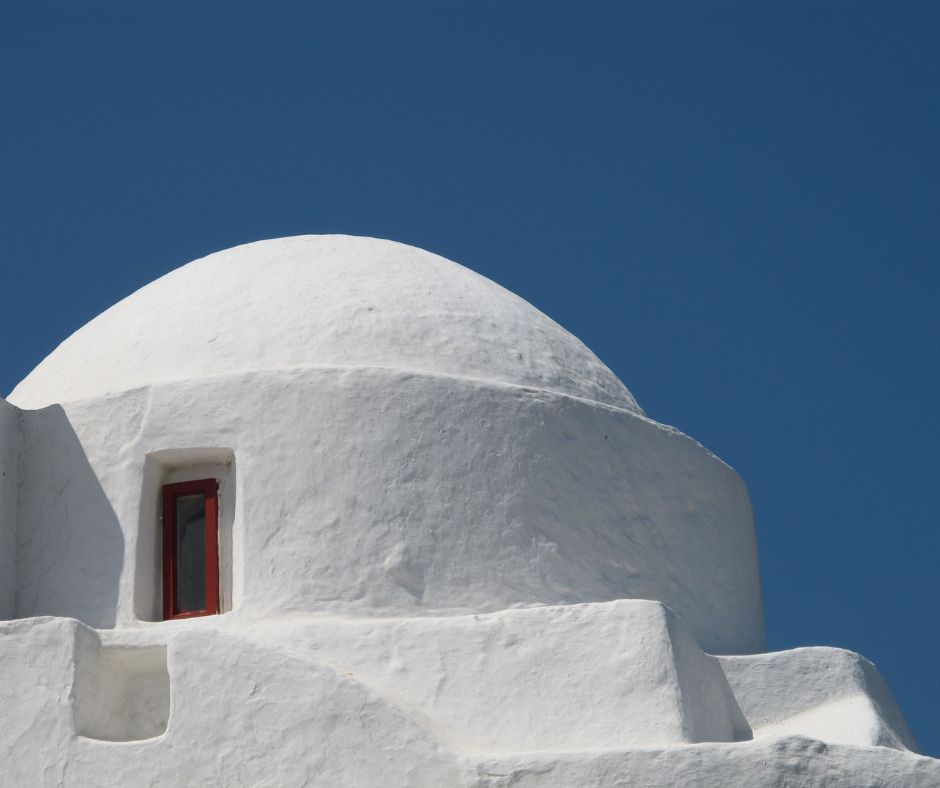
The Greeks were also big plastering fans and the word plaster actually comes from the ancient greek word meaning to “daub on”.
They were also the founders of stucco which they used throughout the inside and outside of their temples. Stucco is a mix of lime and sand traditionally used on the inside and outside of buildings and it has been the main plaster material used right up until the 19th century.
You don’t have to go far in Greece to see some of this traditional greek architecture still in existence especially in some of the old towns.
The English Plasterers
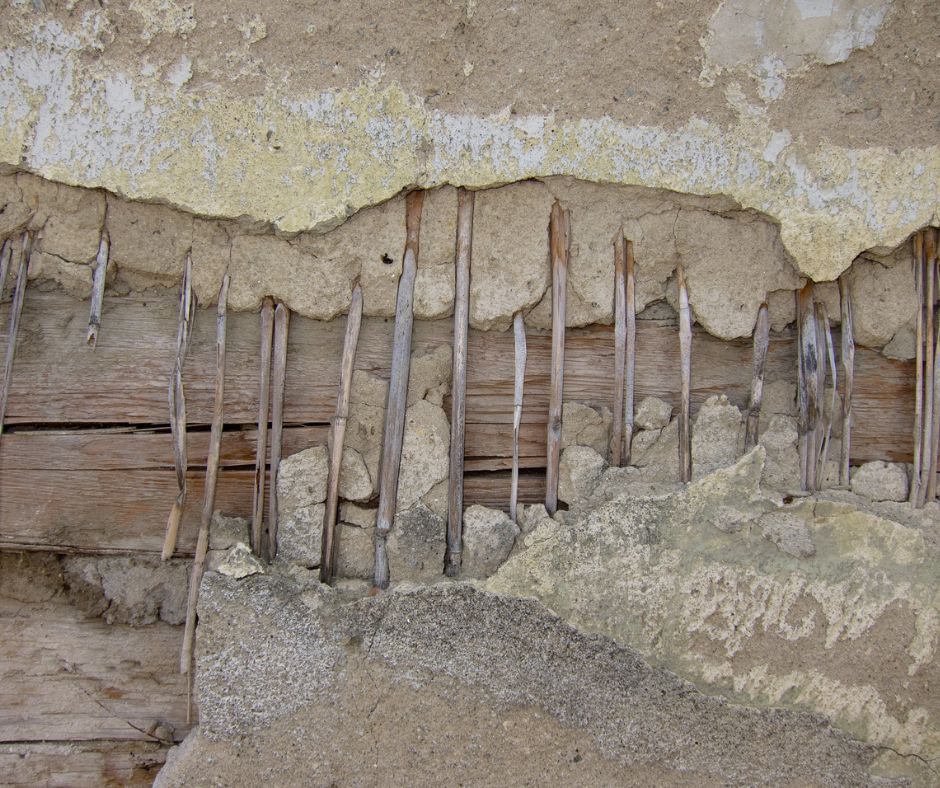
Wattle and daub was the plastering technique carried out in the UK for many years. It was used on timber framed buildings to create the walls and is very effective.
Reeds or wooden strips were woven together between the frame which was called the wattle and it was then daubed with a sticky substance such as wet clay, soil or even animal dung.
This sticky substance was also often mixed with straw for added strength. Devonshire cobbing is a similar technique that is still in use.
Wattle and daub plastering is still present on some of our historic buildings that are in existence in Britain today.
It is also thought to have been the idea behind the lath and plaster technique used on internal walls that came later in the 18th century.
The Roman Plasterers

The Romans were very decorative and creative with their wall plastering, mosaic floors and elaborate plastered architecture. They introduced the lime based plasters and renders to Britain.
Traditional wattle and daub round houses started to be replaced by luxurious roman villas with red roofs and lime plastered walls. Towns and cities were built magnificently decorated with statutes, pillars and fine artwork.
The walls of their buildings were also plastered internally for their elaborate artwork decoration and stucco mouldings were very common. Some of this architecture still exists today in many of our towns and cities.
The nearest place to me that has some great examples of Roman architecture still in existence is York but there are many other similarly historic places throughout Britain.
The Medieval Plasterers

It was not until the middle ages that plastering in Britain really took off. Open fires and timber buildings covered in reed were still very common and not a great mix so fires were a big problem for medieval Britain.
Plaster had started to become known throughout Europe for it’s ability to protect against fire so in the late part of the 12th Century Henry Fitz Alwyn the first mayor of London ordered that all cook shop sites be plastered.
In 1212 there was a huge fire which destroyed many buildings along the Thames and spread onto London bridge. The bridge had recently been rebuilt in stone so it survived but houses that had been built along it which were supposed to help pay for it’s maintenance were all destroyed.
King John endorsed Henry Fitz Alwyns order by declaring that shop owners around the Thames and London bridge must whitewash and plaster inside and out any house covered in reed or rush within 8 days or it was to be demolished. He further ordered that all houses in which brewing or baking is done be plastered within and without so that they be safe from fire.
In that same ordinance a fixed rate of wages was made. For whitewashers and mud plasterers it was to be 3d per day with keep or 4d without. According to the Bank of England inflation calculator this was about £23.15 or £30.93 in todays money which is very low in comparison to a plasterer today. Maybe this suggests that the trade had not been recognised as a skill at this stage or was the cost of living a lot less than it is today?. This could well be the topic for another post.
In 1254 following a trip to paris King Henry III became quite enthused by the plaster being used there. He was said to have admired the whiteness and firmness of the walls so he introduced gypsum plaster to England and this is where the name plaster of paris came from.
A contract for plastering dated 1317 exists where Adam the plasterer a citizen of London agrees with Sir John De Bretagne Earl of Richmond to find “plaster of paris” wherewith to plaster his hall wall and befittingly within and without.
13th Century Plastering
During the mid 13th century additives such as hair for reinforcement and malt, urine, beer, milk or eggs were used for plasticity. Ox or cow hair was preferred as the longer the hair the better it was. Although horse hair was also used which was sometimes mixed with the longer ox hair but it did produce a lesser quality plaster.
14th Century Plastering
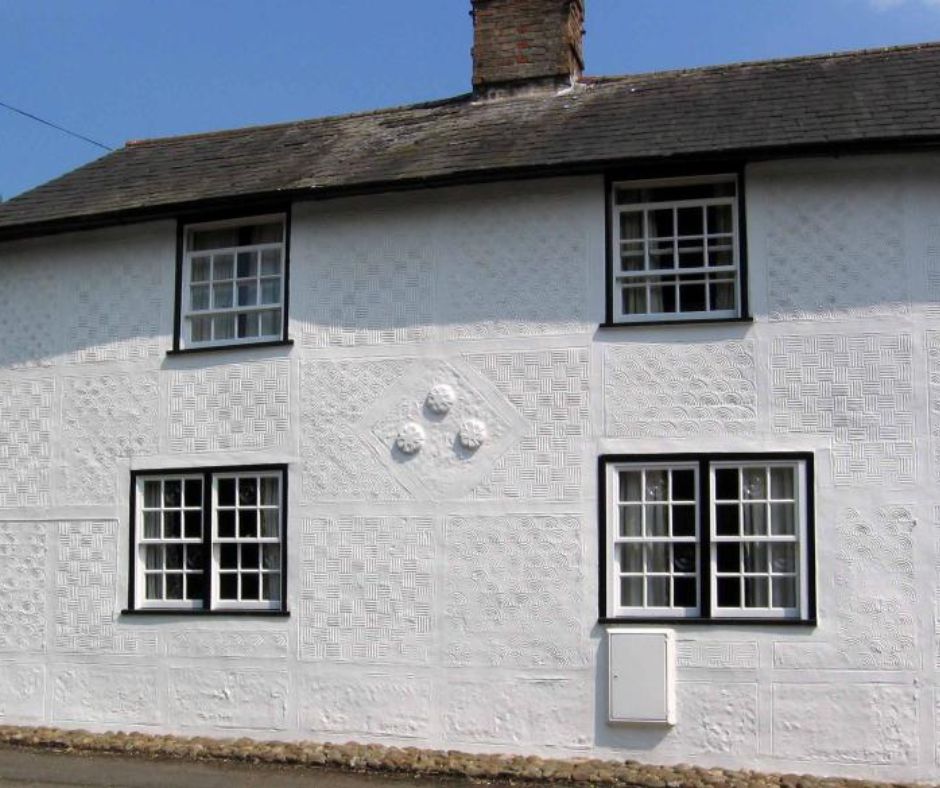
By the 14th century decorative plasterwork in the form of pargeting and terracotta had found it’s way to England although it did not really become fashionable until later on in the 15th and 16th centuries.
Pargeting in those days was a form of decorative external render that was used to decorate the exterior of timber framed buildings. Patterns were moulded or modelled into the lime putty or plaster used which produced a very ornate look. Terracotta didn’t really get used in plasterwork but instead was used to create ornaments and pots.
15th and 16th Century Plastering
During the 15th and 16th Century the roman techniques of plastering together with fresco painting were studied and carried out in grand houses throughout Britain.
They used stucco duro which is a mixture of air slaked lime and marble dust with a little gypsum in order to help it set. Excavations of Henry VII’s palace in Nonsuch discovered some lovely stucco decorations that are still in very good condition.

During this time decorative plaster really became very fashionable. Plasterers and pargetors became of such importance that in 1501 a separate guild and company in London was formed known as the Plaisterers Guild.
It was important that the tradesmen were master craftsman so a charter was made by Charles II which forbade any person from carrying on simultaneously the trades of mason bricklayer and plasterer and also forbade any person to exercise or carry on the art of plasterer without having been apprenticed seven years.
Search days as described in the charter were annually appointed up to 1832 and fines were inflicted upon offenders for using bad materials and bad workmanship. Maybe this is something that should still be existence today!
Painters started to become concerned that the plasterers were taking over their trade so an Act was passed forbidding plasterers from painting in the city of London restricting them to a few distemper colours only. It did not do the painters any good though as painting was on the decline and white plastered ceilings moved into fashion.
Plasterers therefore became the supreme decorators of the time.
Other techniques that emerged during this era developed by venetian skilled workers was Armouring and the decorative scagliola marble effect pillars.
17th Century Plastering
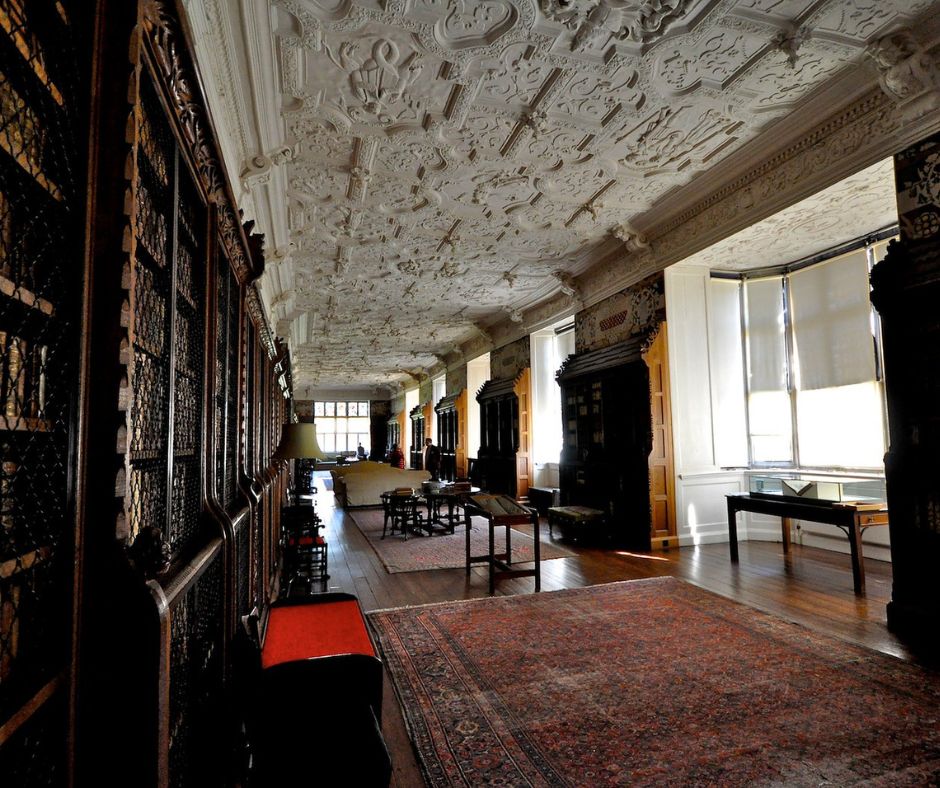
During the 17th Century Plastering continued to be the height of interior design fashion. More elaborate plaster ornamentation was being carried out and it was becoming more widespread throughout Britain.
Stucco marble and decorative scagliola marble effect pillars started to become popular as did the influence of Grinling Gibbons. Gibbons specialised in plaster sculptures using wires and twigs to create flowers and his highly skilled work became much sort after.
18th Century Plastering

The 18th century saw the introduction of oil mastics and the patented Adams cement that was used as a rendering on the front of a number of buildings in Bedford Square and other prestigious buildings that the Adam’s brothers were responsible for.
It also saw the internal wall plastering technique of lath and plaster and Robert Adam’s flare for plasterwork in interior design became very popular during this period. His designs of plastered fireplaces, mouldings and ceilings were very much sought after resulting in the style being named after him.
19th Century Plastering
During the 19th century portland cement was introduced to plaster mix and Augustine Sackett patented Sackett board which was the first plasterboard.
Sacket board was a thin layer of plaster of paris between felt paper and it began to replace the traditional lath and plaster technique that had been carried out previously.
20th Century plastering
During the later part of the 19th Century and the early 20th century hydrated gypsum was developed which reduced the drying time of plaster significantly from a few days to a few hours. A number of patent plasters were produced using this method and interior design moved into the art deco era.
Embracing the Essence of Plastering History in the 21st Century
As we step into the 21st century, the art and science of plastering have undergone significant advancements. Technological innovations, modern materials, and refined techniques have transformed the plastering industry, making it more efficient, durable, and aesthetically pleasing.
One notable development is the advent of synthetic plaster compounds that offer enhanced performance compared to traditional materials. These modern compounds often include polymers and other additives, providing improved flexibility, strength, and resistance to cracking. Plasterers today have access to a wide range of specialised products tailored to specific applications, allowing for greater versatility in design and functionality.
Moreover, the application process itself has evolved with the introduction of advanced tools and machinery. Automatic mixing systems, spray plastering machines, and computer-aided design (CAD) tools have streamlined the plastering process, reducing labour time and ensuring precision in application. Plasterers can now work must faster and efficiently and achieve intricate patterns or textures with greater ease, catering to diverse architectural and design preferences.
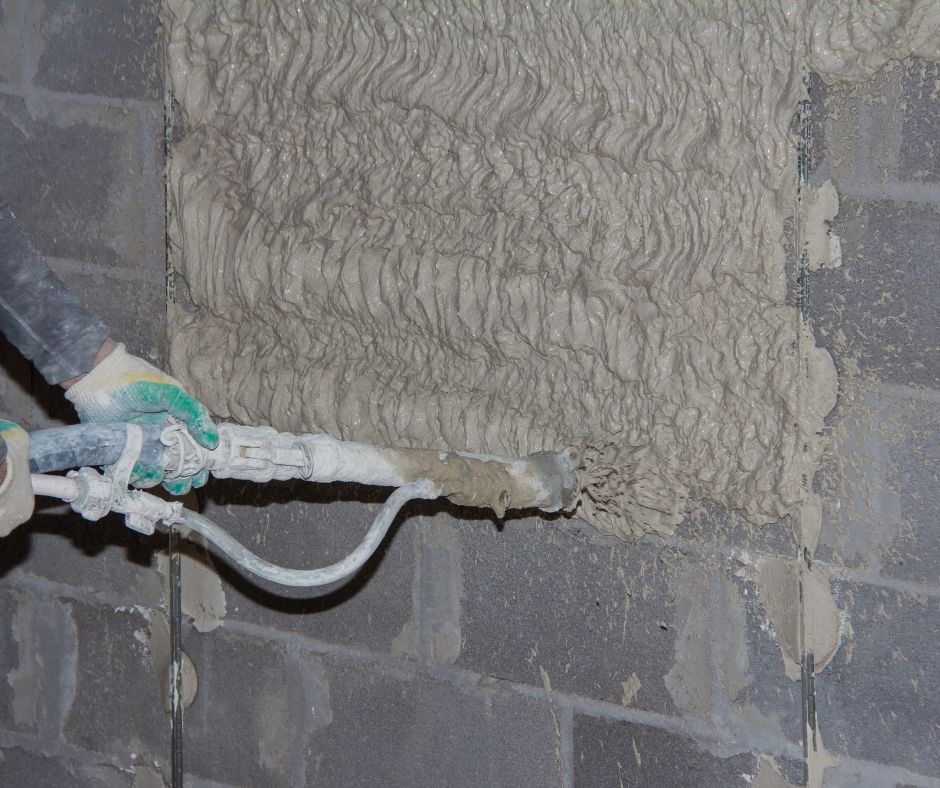
In the 21st century, sustainability has become a key consideration in construction practices, and plastering is no exception. Environmentally friendly plastering materials, such as those with reduced carbon footprint and recyclable components, are gaining popularity. Plasterers are increasingly incorporating eco-friendly practices into their work, aligning with the broader industry’s commitment to sustainable construction.
The digital age has also brought about changes in how plasterers connect with clients and showcase their work. Social media platforms, online portfolios, and virtual reality applications enable plasterers to exhibit their craftsmanship to a global audience. This digital presence facilitates collaboration, inspiration, and the exchange of ideas among plastering professionals worldwide.
Plastering History: Frequently Asked Questions – FAQ
What is the origin of plastering, and how far back does its history go?
Plastering can be traced back to as early as 7,500 BC in Jordan, where primitive forms of plastering were used to cover shelters made of twigs or reed, providing both protection and decoration.
Which ancient civilisations significantly contributed to the development of plastering techniques?
The Egyptians, Greeks, Romans, and English all played pivotal roles in the evolution of plastering. Egyptians, for instance, discovered gypsum and used it in combination with lime for their elaborate tombs and palaces, while the Greeks introduced stucco and the concept of “daubing on.”
How did plastering contribute to fire protection in medieval Britain?
Plastering gained prominence in medieval Britain due to its fire-resistant properties. In the 12th century, after a significant fire along the Thames, an ordinance by King John mandated the plastering of houses covered in reed or rush to prevent fire incidents. Plastering became a crucial measure for safety.
What were some notable developments in plastering during the 15th and 16th centuries?
During this period, decorative plastering became fashionable, influenced by Roman techniques. The Plaisterers Guild was established in 1501 in London, emphasising the importance of master craftsmanship. Plasterers became supreme decorators, contributing to intricate designs and innovations like scagliola marble effect pillars.
How has plastering evolved into the 21st century?
In the 21st century, plastering has undergone significant advancements. Synthetic plaster compounds with polymers and additives offer enhanced performance. Technological innovations, including automatic mixing systems and spray plastering machines, have streamlined the application process. Sustainability is a key consideration, leading to the use of environmentally friendly materials. Plasterers now have a digital presence through social media and online portfolios, showcasing their work globally.
What role does plastering play in the modern construction industry?
Plastering remains a vital component in modern construction, providing not only structural integrity but also contributing to aesthetic appeal. Advanced materials and techniques ensure durability and efficiency. Plasterers today leverage technology, sustainable practices, and digital platforms to connect with clients and showcase their craftsmanship.
How has the essence of plastering persisted throughout the centuries?
While materials and tools have evolved, the core essence of plastering—strengthening and protecting structures—remains unchanged. Plastering has adapted to new materials but preserved its foundational techniques. The trade’s enduring significance is evident in its historical role in fire protection, influence on architecture, and evolution into a supreme decorative art form.
Is plastering still considered a respected craft in the 21st century?
Absolutely. Plastering continues to be highly respected, adapting to contemporary needs and design preferences. The craftsmanship of plasterers, showcased through digital platforms and advanced techniques, reflects the enduring value of this ancient craft in the modern era.
What are some recent innovations in plastering materials?
In recent years, synthetic plaster compounds with polymers and additives have gained popularity for their enhanced performance, offering improved flexibility, strength, and resistance to cracking. Plasterers now have access to a diverse range of specialised products tailored to specific applications, contributing to greater versatility in design and functionality.
How has plastering embraced sustainability in the 21st century?
Sustainability has become a key consideration in plastering practices. Plasterers are increasingly using environmentally friendly materials with reduced carbon footprints and recyclable components. This aligns with the broader construction industry’s commitment to sustainable practices, reflecting a conscientious approach to the environmental impact of plastering work.
Plastering: A Timeless Craft
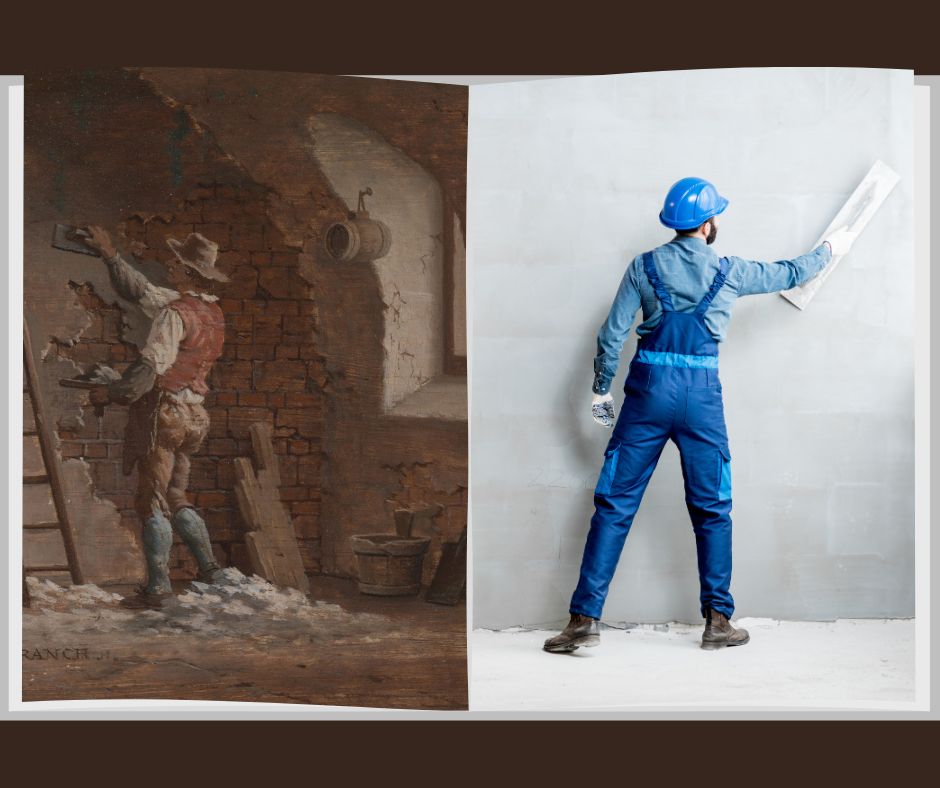
As we wrap up this journey through the ages of plastering, it’s clear that this ancient craft has woven itself into the very fabric of architectural history. From the mud-covered shelters in Jordan to the grandeur of Roman villas, each era contributed to the evolution of plastering techniques, revealing a fascinating tale of creativity, necessity, and craftsmanship.
While the materials and tools have advanced, the essence of plastering remains rooted in its ability to strengthen and protect structures. It’s a testament to the timeless significance of this trade.
As we stand in the 21st century, reflecting on centuries past, the trade has endured, adapting to new materials but preserving the core techniques.
The journey into plastering history also unveils the unique role of plastering in safeguarding against fire, influencing architecture, and becoming a supreme decorative art form. In the midst of technological advancements, it’s heartening to know that the foundations laid by plasterers of the past are still integral to the craft. While the ale might not find its way into plaster mixes today, the spirit of craftsmanship lives on.
It was nice to learn that the trade was highly respected amongst the monarchy and it is clear that plastering has played a key part in interior design across the different centuries.
It looks as though mixing ale into the plaster was in fact correct but whilst I have no doubt that some of the plasterers did drink some of it I could not find any reference to the word “plastered” having come from it although it fits perfectly!

